
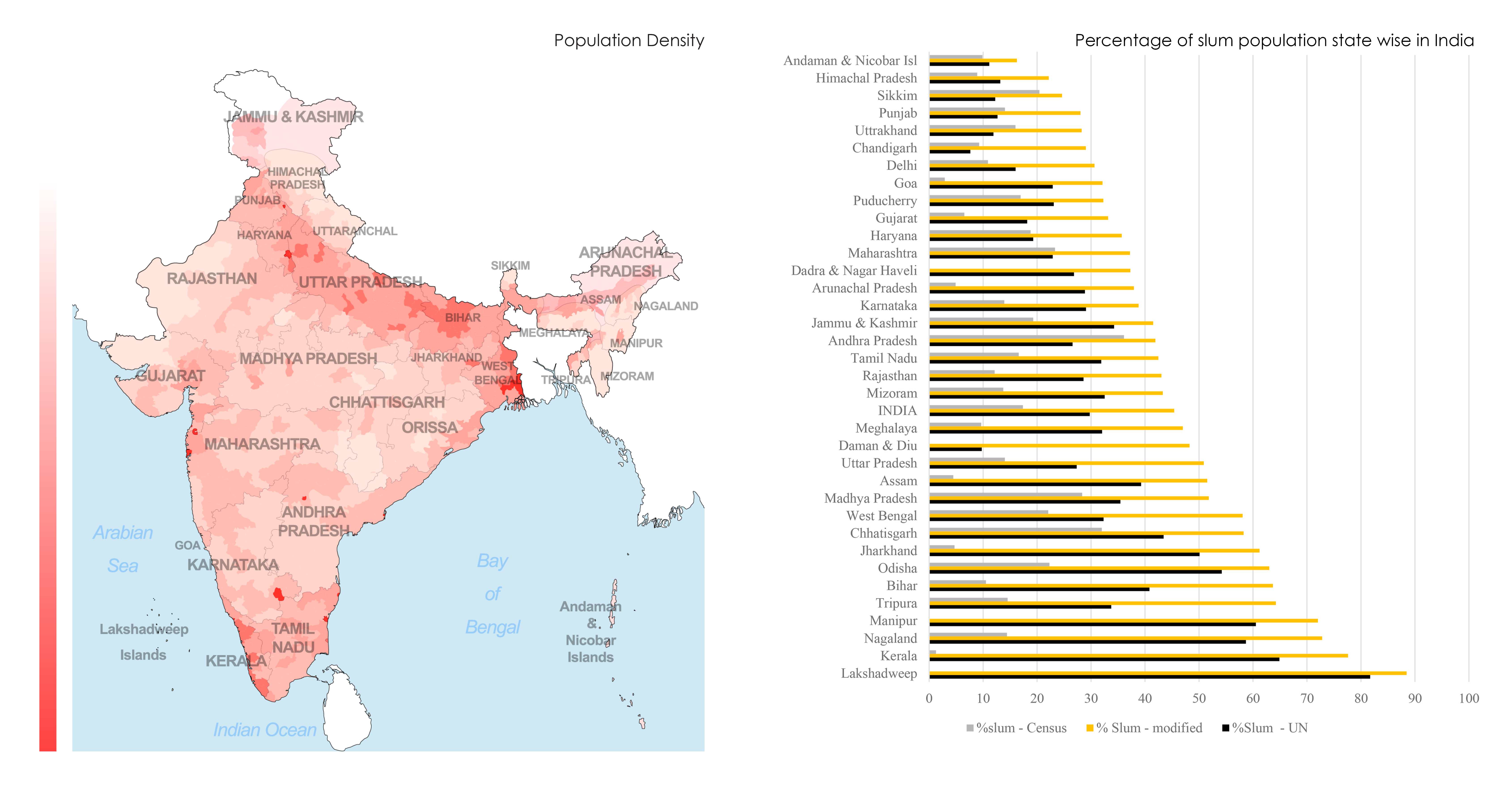
India is one of the fastest developing countries with many metropolitan cities like Mumbai, Bangalore, and Hyderabad. Migration from villages and small towns to metropolitan areas has increased tremendously in India and led to the degradation of urban environmental quality and sustainable development especially in the metropolitan cities. The problems faced by the people living in the urban areas of India have become major concerns for the government. Affordable housing will enable people from lower income groups to move out of slums and live in steady and secures homes.
What is affordable housing?
The economic potential of an individual to buy a house – If for a home, the monthly carrying costs that include not only the loan repayment, but also other factors including property taxes, payments of basic utilities such as water, electricity, cooking fuel etc. and basic services such as internet, cable, etc. exceed 30-35% of monthly household income, the housing could be considered unaffordable for that household.
Based on the level of income, the current policy framework has three main categories. Disposable surplus income, which is often used to purchase a new house, drops significantly at lower-income levels and is higher at higher-income levels.
Current Schemes
Over the years, the Central government of India introduced four main schemes that tackled various issues in obtaining a home. These schemes were poorly planned and the disintegrated approach and gaps in the schemes led an unfruitful outcome. However, in 2015, the government launched PMAY (Pradhan Mantri Awas Yojana) which synthesized the policies and created a general framework which was open to modifications by the State government based on their respective scenarios.
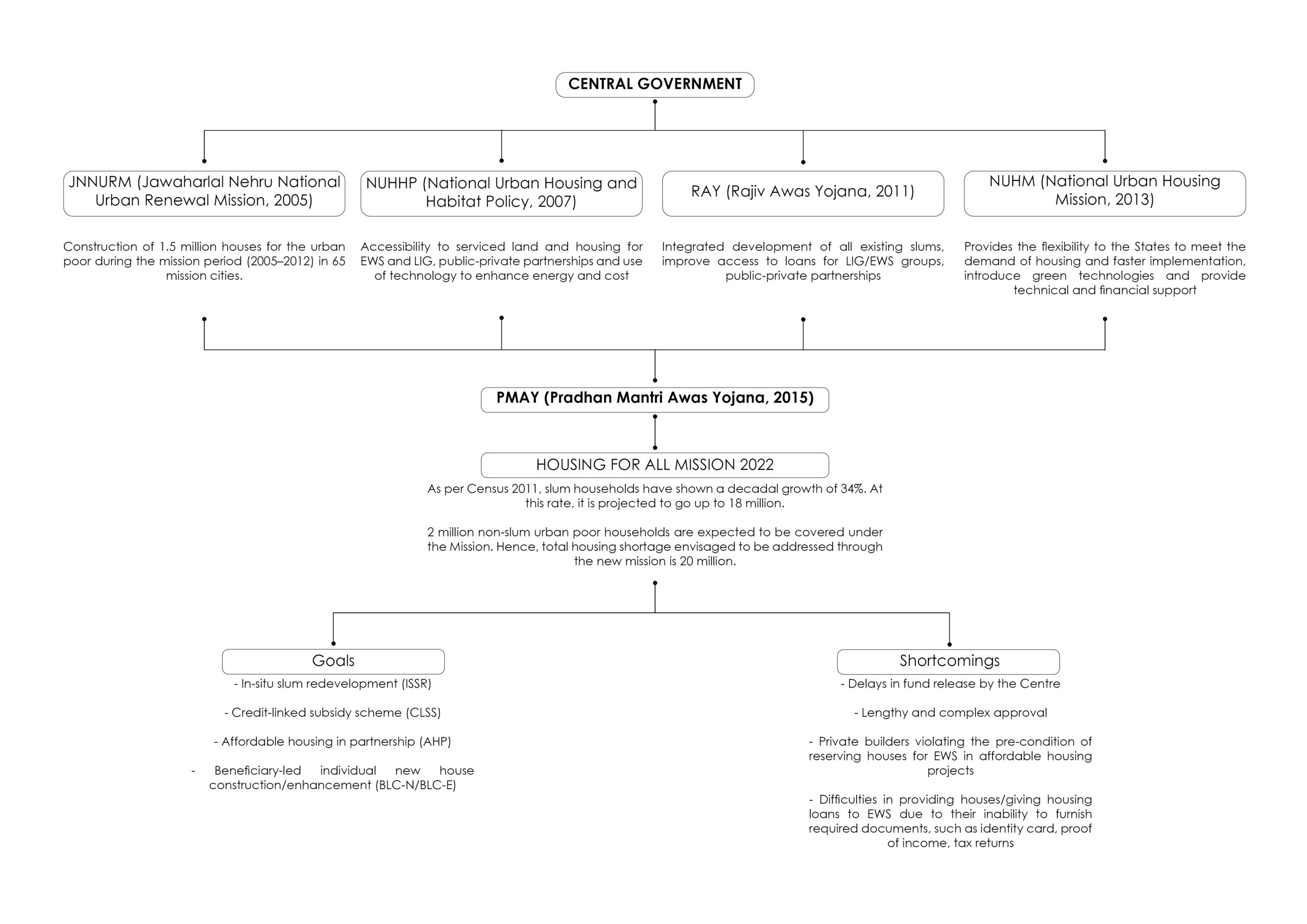
What would be the ideal scenario?
There are certain indicators that dictate what an optimal affordable house would be – a universal definitive that assesses the performance of these schemes.

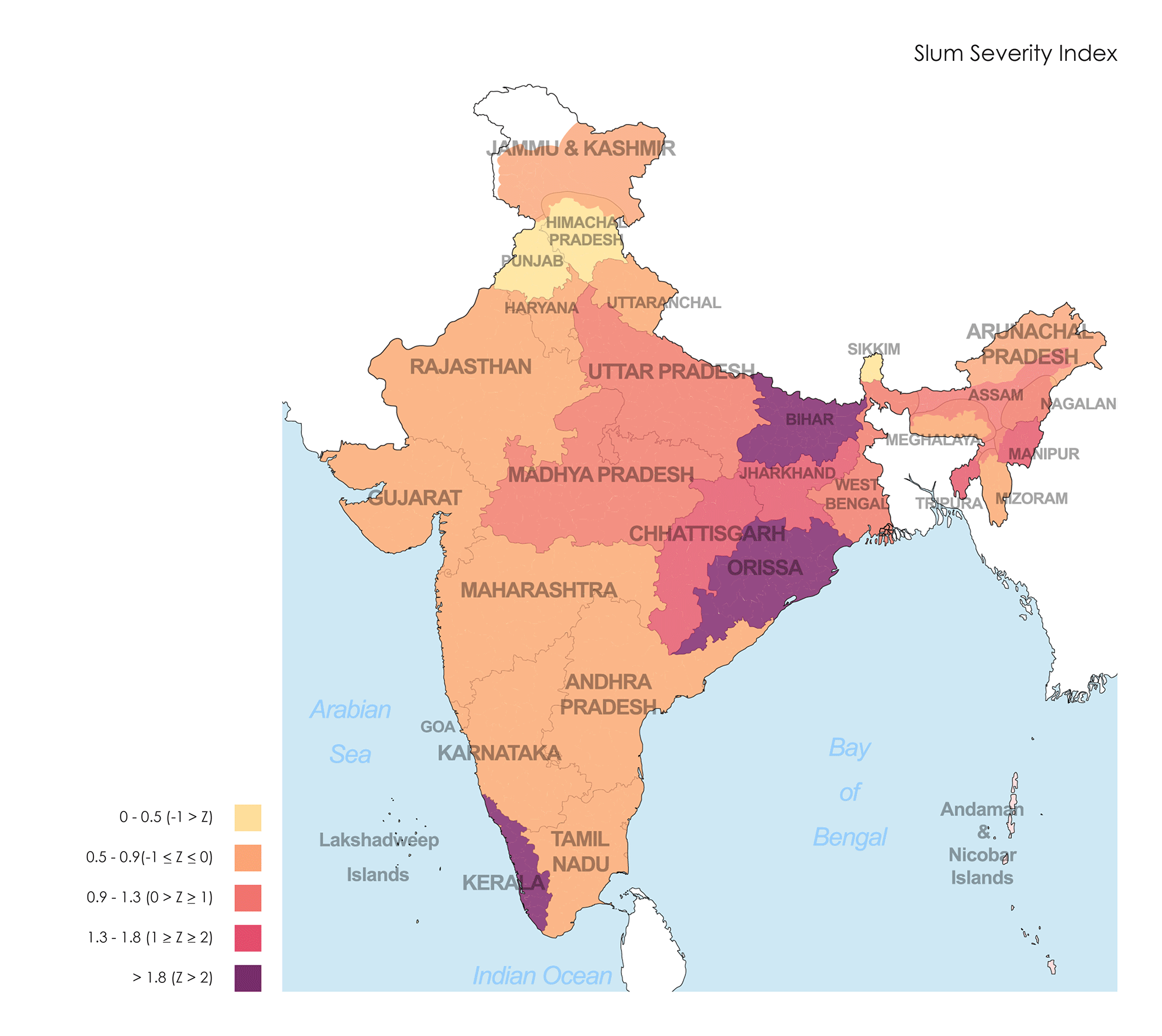
The Case of Mumbai

During the late nineteenth century, Mumbai’s encounter with the industrial revolution resulted in the emergence of a kind of habitat that was unfit for humans as it was devoid of civic services like water and drainage and termed a ‘slum’.
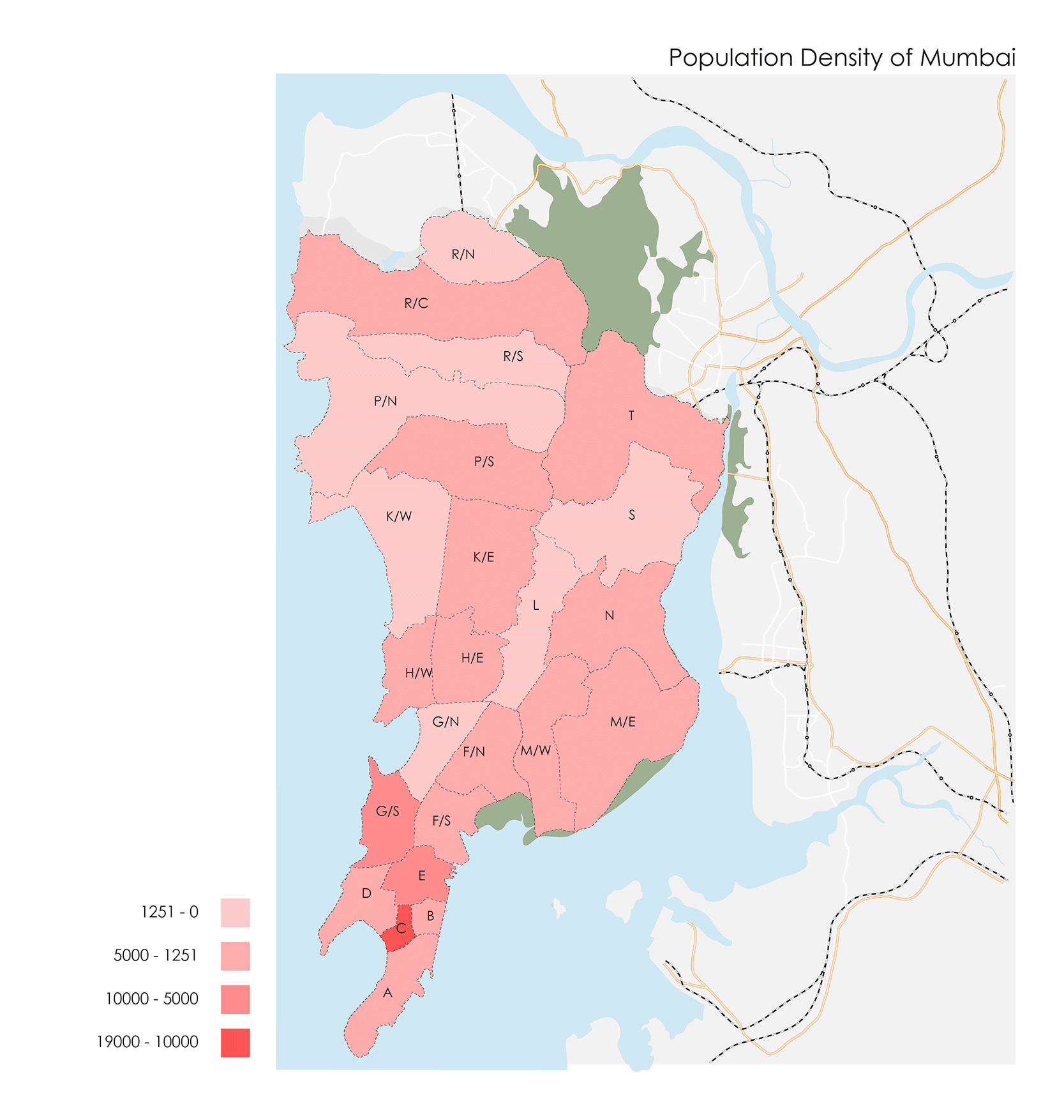
Three schemes developed by the State government of Mumbai focusses on different vectors to eradicate the shortage of habitable homes.
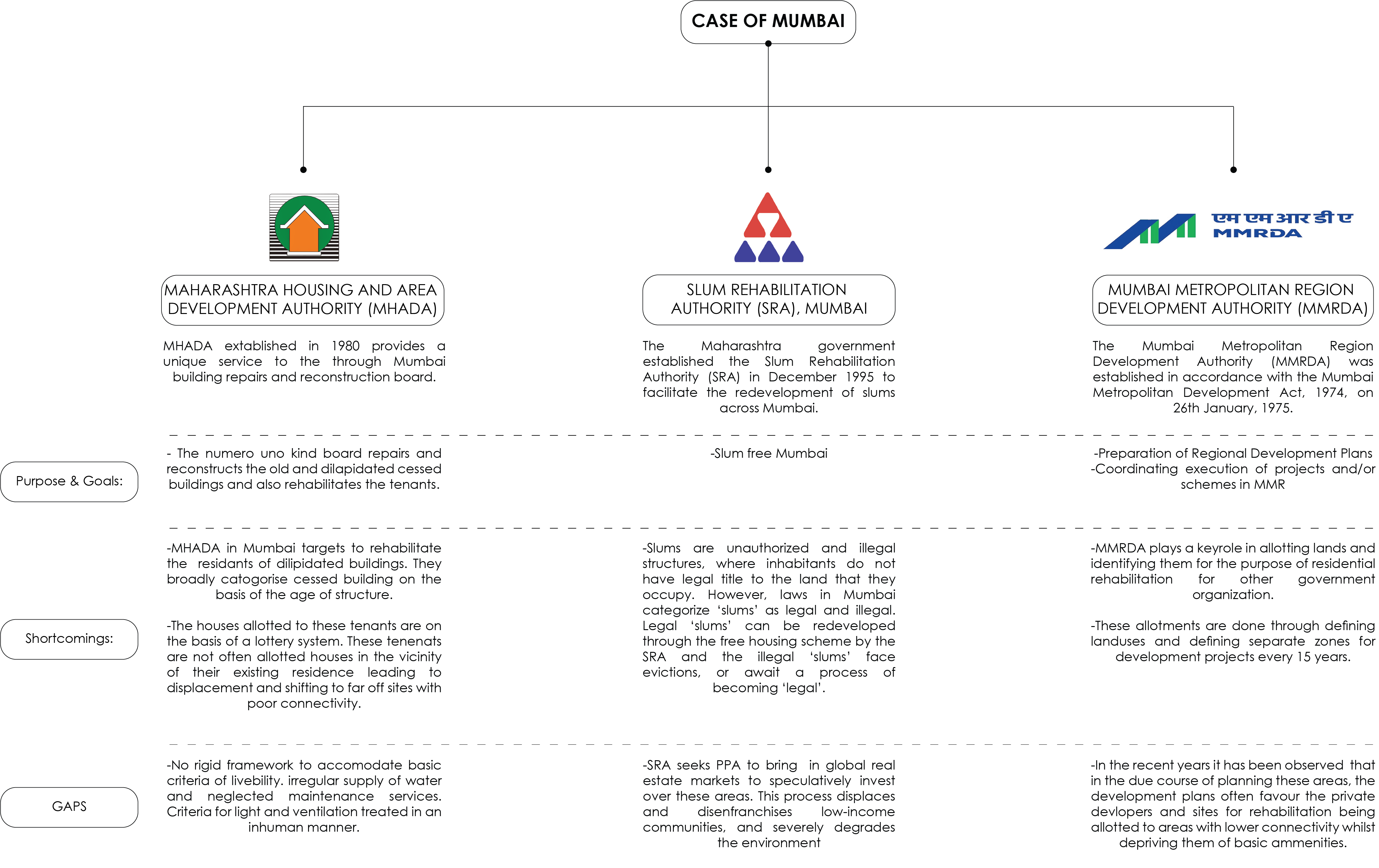

By 2014, 20 years after the scheme was launched, only 468,093 units had been approved, of which 24% were completed. Further, only 33 percent of completed units had been given occupancy certificates. Developers tend to choose slums located on prime lands, leaving out many slums. By 2016, only 197 out of 1,524 projects were completed and by 2019, over 1,000 projects were still incomplete—45% of which had been delayed due to unavailability of funds.
Way Forward
Although the efforts of PMAY have led to the development of more houses than any other previous schemes, developmental goals such as ‘slum-free cities’ and ‘modern apartment buildings’ need to take a backseat, and investments should be directed towards the needs of beneficiaries, to truly enable development.
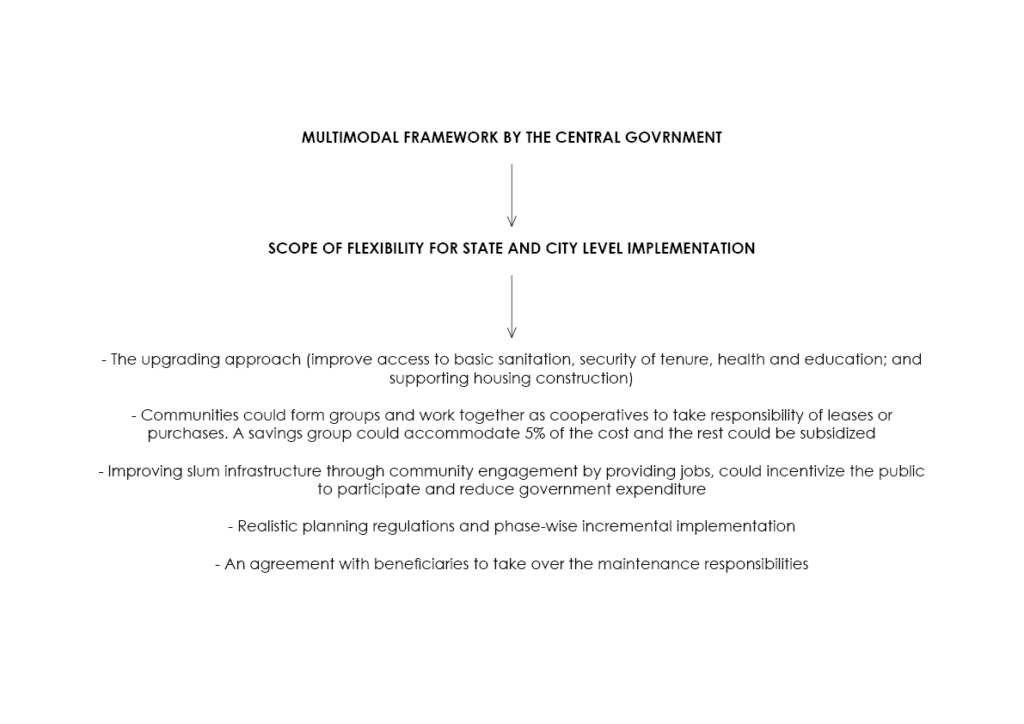
References
Housing Stats:
NIUA Report:
https://smartnet.niua.org/sites/default/files/resources/Affordable%20Housing-ICC%20-%20Final.pdf
Housing for all: Who is left behind?:
Read more at: https://www.deccanherald.com/specials/insight/housing-for-all-who-is-left-behind-1085506.html
https://www.indiastat.com/data/housing/social-housing-schemes
https://indiahousingreport.in/outputs/data-tales/deconstructing-the-pucca-house/
Measuring multiple housing deprivations in urban India using Slum Severity Index:
https://www.sciencedirect.com/science/article/pii/S0197397520303118
How Fares the PMAY (U)? Taking Stock of India’s National Housing Programme:
https://www.orfonline.org/wp-content/uploads/2022/05/ORF_SpecialReport_189_Housing.pdf
https://www.oecd.org/officialdocuments/publicdisplaydocumentpdf/?cote=ECO/WKP(2020)20&docLanguage=En
Center for public Policy Research Numbers for PMAY:
https://www.cppr.in/wp-content/uploads/2012/10/Land-reform-and-housing-in-India-Final.pdf
CEPT Portfolio Reference:
WAY FORWARD—Making Affordable Housing- A Distinct Reality:
https://www.linkedin.com/pulse/way-forwardmaking-affordable-housing-distinct-reality-gupta/
https://issuu.com/arjitkumargupta/docs/1._affordable_housing_book
https://www.orfonline.org/research/indias-enduring-urban-housing-shortage/
Opportunities for Affordable Housing India:
https://magnoliarealty.in/challenges-and-opportunities-in-affordable-housing-in-india/
Policy Mapping State Wise:
https://aeee.in/a-state-wise-insight-of-indias-building-sector-policy-and-strategy-mapping/
Mumbai:
https://revolve.media/mumbai-balancing-urbanization-and-nature/

